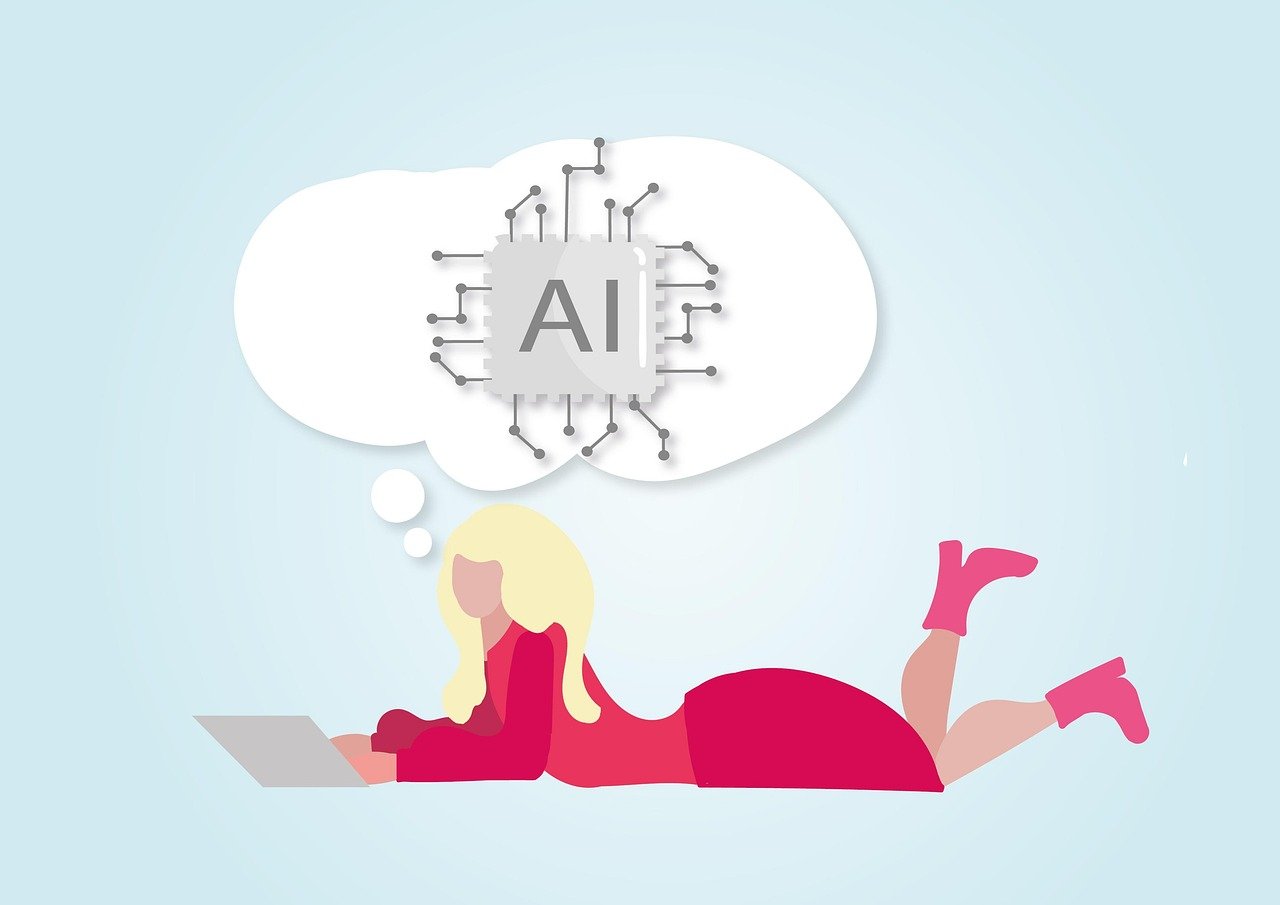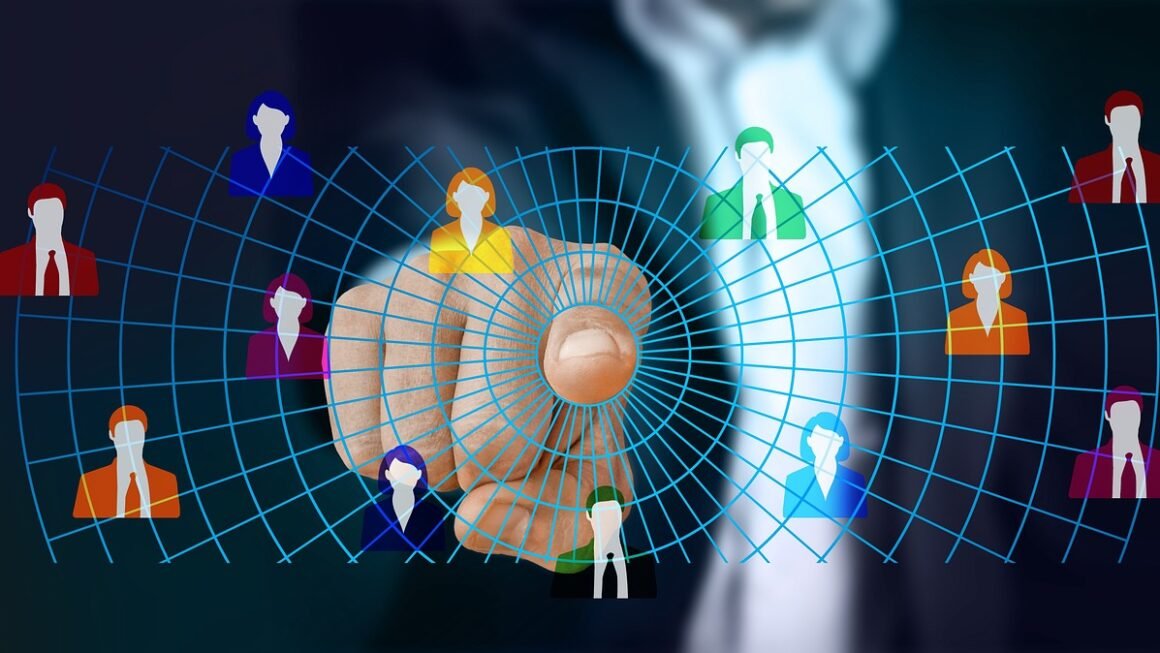Autonomous systems, once relegated to the realm of science fiction, are rapidly becoming a tangible reality, transforming industries and reshaping our daily lives. From self-driving cars navigating complex urban environments to sophisticated robots streamlining manufacturing processes, the impact of autonomous systems is undeniable. This article delves into the intricacies of autonomous systems, exploring their definition, components, applications, and the challenges that lie ahead.
What are Autonomous Systems?
Defining Autonomy
An autonomous system is essentially a system capable of performing tasks without explicit human input or control. These systems leverage a combination of sensors, algorithms, and processing power to perceive their environment, make decisions, and execute actions accordingly. The level of autonomy can vary significantly, ranging from systems that require occasional human oversight to those that operate entirely independently. A helpful way to think about it is along a spectrum, not an on/off switch.
Key Components of Autonomous Systems
Autonomous systems rely on several core components to function effectively:
- Sensors: These provide the system with the ability to perceive its environment. Examples include cameras, LiDAR (Light Detection and Ranging), radar, GPS, and various environmental sensors. The quality and variety of sensors are crucial for accurate environmental awareness.
- Algorithms: Sophisticated algorithms, often powered by artificial intelligence (AI) and machine learning (ML), are used to process sensor data, identify patterns, and make decisions. These algorithms allow the system to understand its surroundings and plan appropriate actions.
- Processing Power: The computational capacity to process sensor data and execute algorithms in real-time is essential for autonomous operation. High-performance processors and specialized hardware, such as GPUs, are often used.
- Actuators: Actuators are the mechanisms that allow the system to interact with its environment, such as motors, robotic arms, or steering mechanisms. They translate the system’s decisions into physical actions.
- Power Source: A reliable and efficient power source is critical for sustained autonomous operation. This could be batteries, fuel cells, or a connection to an external power grid.
Example: A Delivery Drone’s Autonomy
Consider a delivery drone. It uses GPS for location awareness, cameras and obstacle detection sensors to navigate safely, and sophisticated algorithms to plan its route and avoid collisions. The drone’s propellers, powered by batteries, act as the actuators, allowing it to fly and deliver packages autonomously. This is just one simple example of an Autonomous System in operation.
Applications of Autonomous Systems
Autonomous systems are finding applications across a wide range of industries, offering significant benefits in terms of efficiency, safety, and productivity.
Transportation
- Self-Driving Cars: Autonomous vehicles promise to revolutionize transportation, reducing accidents, improving traffic flow, and increasing accessibility for people with disabilities. Companies like Tesla, Waymo, and Cruise are at the forefront of this technology.
- Autonomous Trucks: These trucks can improve logistics efficiency and reduce transportation costs by operating 24/7 without the need for human drivers. This has potential ramifications for long haul shipping and the labor market.
- Drone Delivery: As mentioned, drones are being used for last-mile delivery of packages, medicines, and other goods, especially in remote or congested areas.
Manufacturing
- Robotics: Autonomous robots are automating repetitive tasks, improving product quality, and increasing production speed in factories. They can handle tasks that are dangerous or physically demanding for humans.
- Automated Guided Vehicles (AGVs): AGVs are used to transport materials and components within factories and warehouses, improving efficiency and reducing labor costs.
- Predictive Maintenance: Autonomous systems can analyze sensor data from equipment to predict failures and schedule maintenance proactively, reducing downtime and improving overall equipment effectiveness.
Healthcare
- Surgical Robots: Robots like the da Vinci Surgical System assist surgeons with complex procedures, improving precision and reducing recovery times.
- Automated Dispensing Systems: Autonomous systems are used to dispense medications in hospitals and pharmacies, reducing errors and improving patient safety.
- Remote Patient Monitoring: Wearable sensors and other autonomous devices can monitor patients’ vital signs remotely, allowing healthcare providers to track their health and intervene when necessary.
Agriculture
- Autonomous Tractors: Self-driving tractors can plant, fertilize, and harvest crops autonomously, improving efficiency and reducing labor costs.
- Drone-Based Crop Monitoring: Drones equipped with sensors can monitor crop health, identify pests and diseases, and optimize irrigation and fertilization.
- Automated Harvesting Systems: Robots can selectively harvest ripe fruits and vegetables, reducing waste and improving efficiency.
Benefits and Advantages of Autonomous Systems
Adopting autonomous systems offers numerous advantages:
- Increased Efficiency: Autonomous systems can operate 24/7 without breaks, leading to higher productivity and faster turnaround times.
- Improved Safety: By removing human error, autonomous systems can reduce accidents and improve safety in hazardous environments.
- Reduced Costs: Automation can reduce labor costs, optimize resource utilization, and minimize waste.
- Enhanced Productivity: Autonomous systems can perform tasks faster and more accurately than humans, boosting overall productivity.
- Greater Accessibility: Autonomous systems can provide services to people in remote or underserved areas.
- Scalability: Autonomous systems can be easily scaled to meet changing demands, allowing businesses to adapt quickly to new opportunities.
Challenges and Considerations
Despite their potential benefits, autonomous systems also present several challenges:
Ethical Concerns
- Job Displacement: The automation of tasks by autonomous systems may lead to job losses in certain industries, requiring retraining and social safety nets.
- Bias and Fairness: AI algorithms can inherit biases from the data they are trained on, leading to discriminatory outcomes. It’s crucial to ensure fairness and transparency in the design and deployment of these systems.
- Accountability: Determining responsibility in the event of an accident involving an autonomous system can be complex. Clear legal frameworks and regulatory guidelines are needed.
Technical Challenges
- Data Security and Privacy: Autonomous systems collect and process vast amounts of data, raising concerns about data security and privacy. Robust security measures are needed to protect sensitive information.
- Reliability and Robustness: Autonomous systems must be able to operate reliably in a wide range of conditions, including inclement weather, unexpected events, and adversarial attacks.
- Integration and Interoperability: Integrating autonomous systems with existing infrastructure and ensuring interoperability between different systems can be challenging.
- Cybersecurity: Protecting autonomous systems from cyberattacks is crucial, as hackers could potentially take control of these systems and cause harm.
Regulatory and Legal Frameworks
- Lack of Standardized Regulations: The lack of clear and consistent regulations for autonomous systems can hinder innovation and deployment.
- Liability and Insurance: Establishing liability and insurance frameworks for autonomous systems is essential for ensuring public safety and providing compensation in the event of accidents.
The Future of Autonomous Systems
The future of autonomous systems is bright, with ongoing advancements in AI, robotics, and sensor technology driving innovation. Here’s what we can expect to see:
Increased Autonomy
- Level 5 Autonomy: The ultimate goal is to achieve Level 5 autonomy, where systems can operate independently in any environment without human intervention.
- Swarm Robotics: Autonomous robots working together in swarms to perform complex tasks, such as search and rescue operations or infrastructure inspection.
Wider Adoption
- Ubiquitous Automation: Autonomous systems will become increasingly integrated into our daily lives, automating tasks in homes, offices, and public spaces.
- New Industries and Applications: Autonomous systems will create new industries and applications that we cannot even imagine today.
Enhanced Capabilities
- Artificial General Intelligence (AGI): The development of AGI, which refers to AI systems with human-level intelligence, could significantly enhance the capabilities of autonomous systems.
- Human-Robot Collaboration: Autonomous systems will increasingly work alongside humans, complementing their skills and enhancing their productivity.
Conclusion
Autonomous systems are poised to revolutionize the way we live and work, offering significant benefits in terms of efficiency, safety, and productivity. While challenges remain, ongoing advancements in technology and the development of appropriate regulatory frameworks will pave the way for wider adoption of these systems. Understanding the capabilities and limitations of autonomous systems is crucial for businesses, policymakers, and individuals alike, as we navigate this transformative era. The journey towards a more autonomous future requires careful planning, ethical considerations, and a commitment to innovation.



